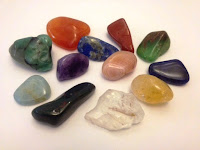Game of Thrones and the Subversion of Fantasy Tropes
When we talk about fantasy, we usually talk about knights, dragons, princesses, fire-swords, wizards and witches, and the like. But when we talk about Game of Thrones we usually don't talk about those things. At least not in the way that we would talk about them concerning almost any other fantasy story. Now, Game of Thrones certainly has dragons, knights, princesses, fire-swords, witches and the like, but they are nothing like the kind we see in most other fantasy. Excepts dragons. Dragons are always just badass. And fire-swords. But the point is that one of the things Game of Thrones has always done so well is underplay its own genre with shocking realism. And that becomes even more apparent when we compare Game of Thrones and The Lord of the Rings . LotR has pure-white heroes and pure-dark villains. It sets good and evil far apart with no in-between. For example, there is no point in LotR where Aragorn or Frodo question whether they are really fighting for the right side...

